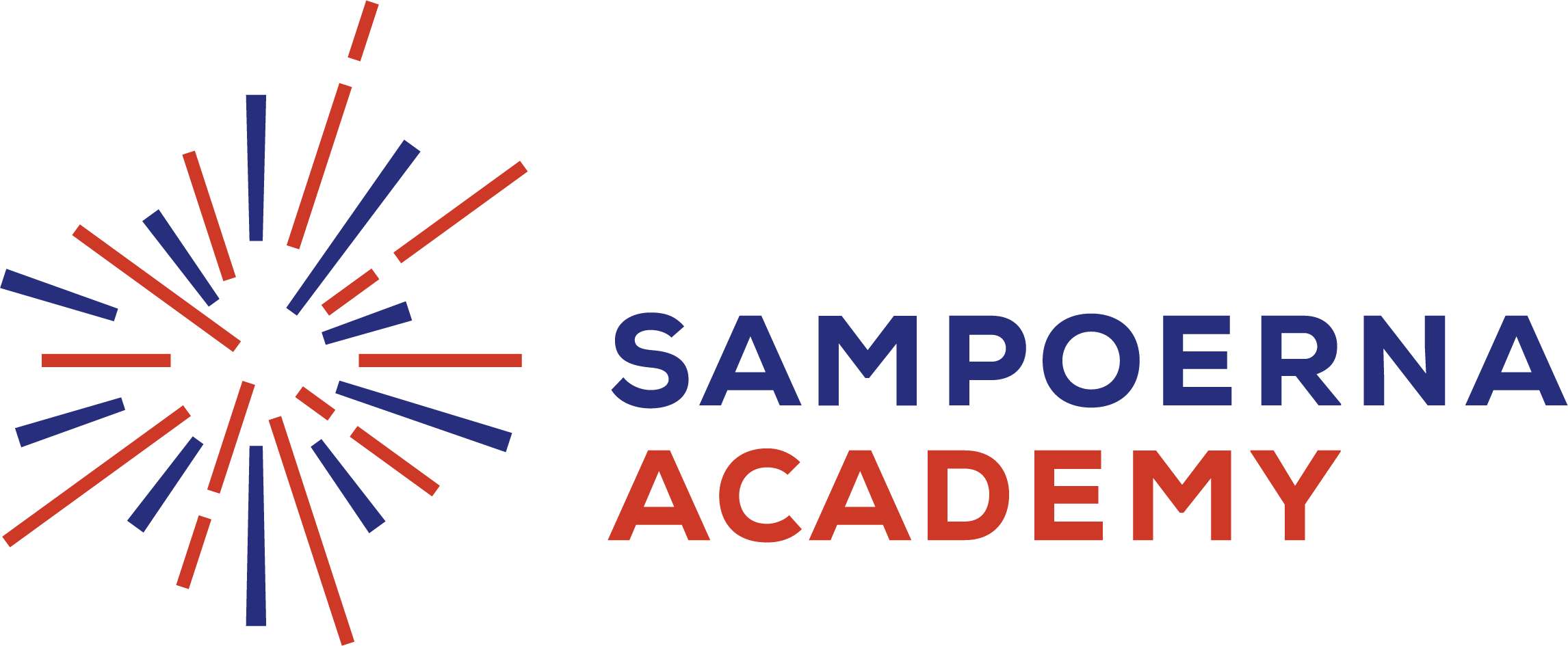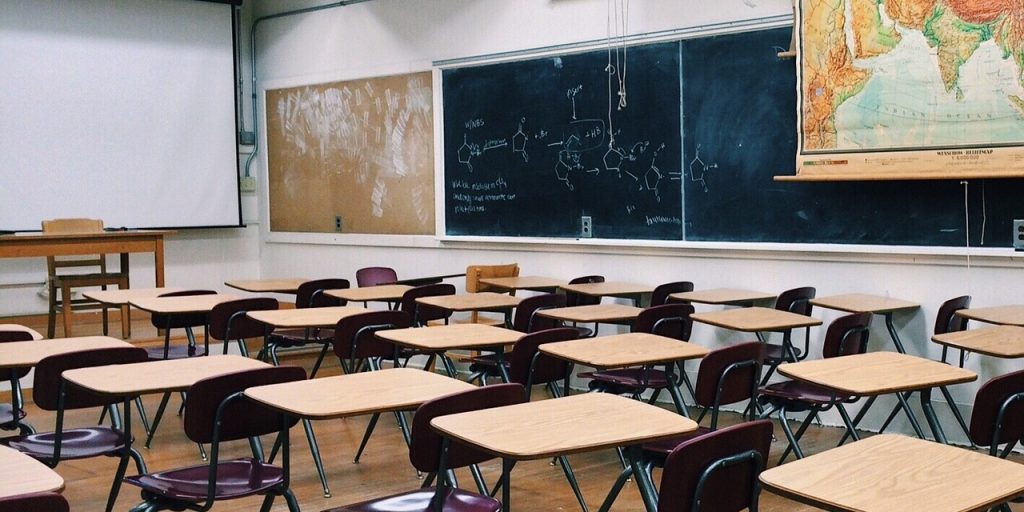As parents, we all want to ensure that our children receive the best education possible. One way to do this is by understanding our child’s learning style. Every child has their own unique way of absorbing and retaining information, and by understanding their style, we can help them to learn more effectively.
At Sampoerna Academy, we believe that understanding a child’s learning style is crucial to their success. Our teachers are trained to identify and cater to the individual needs of each student, ensuring that they receive the best education possible.
By recognizing the strengths and weaknesses of each child, we are able to create a customized learning experience that will help them to excel.
For example, some children may be visual learners and respond well to visual aids such as diagrams and charts, while others may be auditory learners and benefit from listening to lectures or recordings.
Still, some students may be kinesthetic learners and learn best through hands-on activities or experiments. It is important to note that most students have a combination of learning styles and It’s crucial to cater to all of them to make sure they can learn optimally.
Understanding your child’s learning style is a key factor in helping them to achieve their full potential. At Sampoerna Academy, we believe that every child is unique and deserves a personalized education that caters to their individual needs.
By providing a customized learning experience, we are able to help each student reach their full potential and succeed in their studies.

What is Learning and What are Some of the Known Learning Styles?
Learning is not just about memorizing facts and repeating definitions to a teacher or instructor. It’s about truly understanding a subject and being able to apply it in real-life situations. It’s when a child can explain a concept to you in their own words and actions, that you know they’ve truly learned something.
It’s important to remember that every child learns differently. Each child has a unique learning style, which is their preferred method of receiving and processing information so that they can retain it and use it effectively.
For educators, it’s crucial to be aware of the different learning styles present in the classroom and to cater to them. Teachers often differentiate instruction to accommodate the various learning styles by using a multi-sensory approach. This way, all children in the class receive information in multiple ways, increasing their chances of retention.
There are several different styles that individuals may prefer. These include:
-
Visual Learners.
These individuals prefer to learn through visual aids such as diagrams, charts, and pictures. They tend to understand and retain information better when it is presented in a visual format.
-
Aural Learners.
These learners benefit from listening to lectures or recordings. They tend to learn best through verbal instruction and explanations, and often have a good memory for spoken information.
-
Logical Learners.
These learners tend to be analytical and enjoy understanding complex systems and patterns. They prefer to learn through logical or mathematical reasoning, and tend to be good at problem-solving. Solitary Learners: These individuals prefer to learn independently. They enjoy working alone and tend to be self-motivated.
-
Solitary Learners.
These individuals prefer to learn independently. They enjoy working alone and tend to be self-motivated.
-
Verbal Learners.
These individuals tend to learn best through spoken or written words. They enjoy reading and writing, and tend to have a good vocabulary.
-
Social Learners.
These learners prefer to learn through group or collaborative activities. They enjoy working with others and often have good communication skills.
-
Physical Learners.
These learners learn best through hands-on activities or experiments. They tend to be kinesthetic learners and enjoy practical, hands-on activities, and movement.
It’s important to note that most students have a combination of learning styles, and it’s crucial for educators to cater to all of them to make sure they can learn optimally.

Strategies to Cater to Different Learning Styles
As educators, it’s important to understand that every student has a unique learning style, which is their preferred method of receiving and processing information. Catering to different learning styles can greatly impact a student’s ability to learn and retain information. Here are some strategies to cater to different learning styles:
-
Visual Learners.
For visual learners, the use of visual aids such as diagrams, charts, and pictures can greatly enhance their understanding of a subject. Incorporating videos, infographics and other visual elements into lesson plans can be very effective.
-
Aural Learners.
For aural learners, incorporating audio recordings, lectures, and discussions can be beneficial. They can also benefit from verbal instruction and explanations.
-
Logical Learners.
Logical learners tend to be analytical and enjoy understanding complex systems and patterns. They prefer to learn through logical or mathematical reasoning, and tend to be good at problem-solving. Incorporating puzzles, games and other activities that involve logical reasoning can be very effective for this type of learners.
-
Solitary Learners.
For solitary learners, providing independent learning opportunities such as self-paced online courses or individual projects can be effective. They may also benefit from working alone and being self-motivated.
-
Verbal Learners.
For verbal learners, incorporating reading and writing activities can be beneficial. They tend to have a good vocabulary and enjoy verbal interactions and discussions.
-
Social Learners.
Social learners prefer to learn through group or collaborative activities. They enjoy working with others and often have good communication skills. Incorporating group projects, group discussions, and peer-teaching activities can be effective for this type of learners.
-
Physical Learners.
Physical learners learn best through hands-on activities or experiments. They tend to be kinesthetic learners and enjoy practical, hands-on activities and movement. Incorporating interactive and experiential activities such as labs, field trips, and simulations can be effective for this type of learners.
It’s important to note that most students have a combination of learning styles, and it’s crucial for educators to cater to all of them to make sure they can learn optimally. By incorporating different teaching strategies, educators can create a more inclusive learning environment that caters to the needs of all students.

Benefits of Catering to Different Learning Styles
Catering to different learning styles can greatly benefit students at Sampoerna Academy. By identifying and catering to the unique learning styles of each student, teachers can ensure that each student is able to understand and retain information more effectively.
This can lead to improved learning outcomes, increased engagement, and a more inclusive learning environment. Additionally, catering to different learning styles can help to build student’s confidence and self-assurance, which can have a positive impact on their overall well-being.
Furthermore, by using a variety of teaching strategies, teachers at Sampoerna Academy can create a more flexible and adaptable learning environment that can reach different students in different ways and adjust instruction based on their needs.
Ultimately, catering to different learning styles can enable Sampoerna Academy students to reach their full potential and achieve success in their studies.
At Sampoerna Academy, we believe that every child is unique and deserves a personalized education that caters to their individual learning styles. By providing a customized learning experience, we are able to help each student reach their full potential and succeed in their studies.
Join us at Sampoerna Academy and let us help you reach your learning potentials. Click here to know how to apply or schedule a visit.





